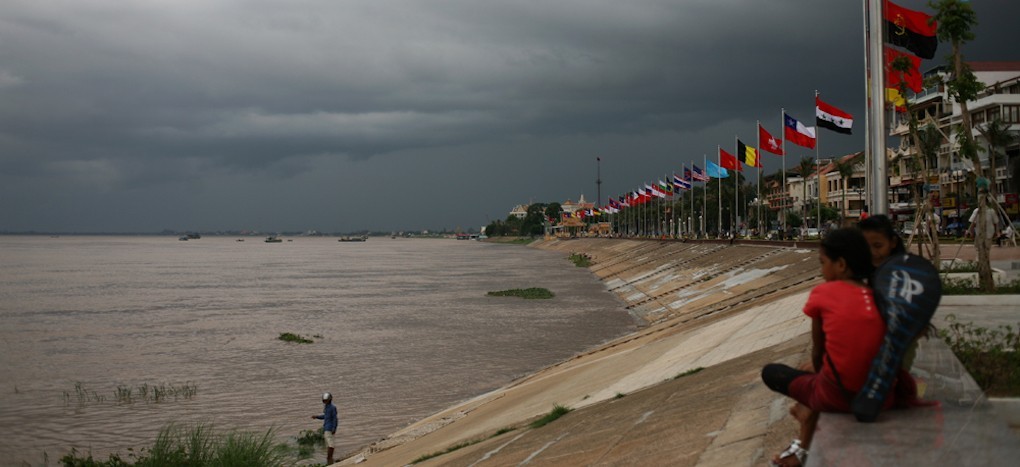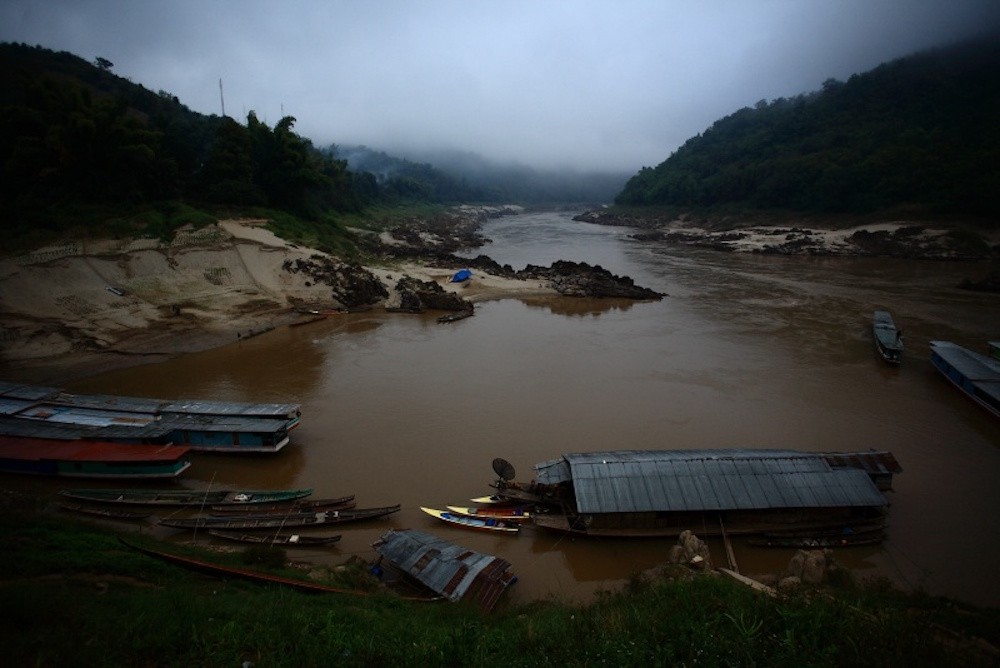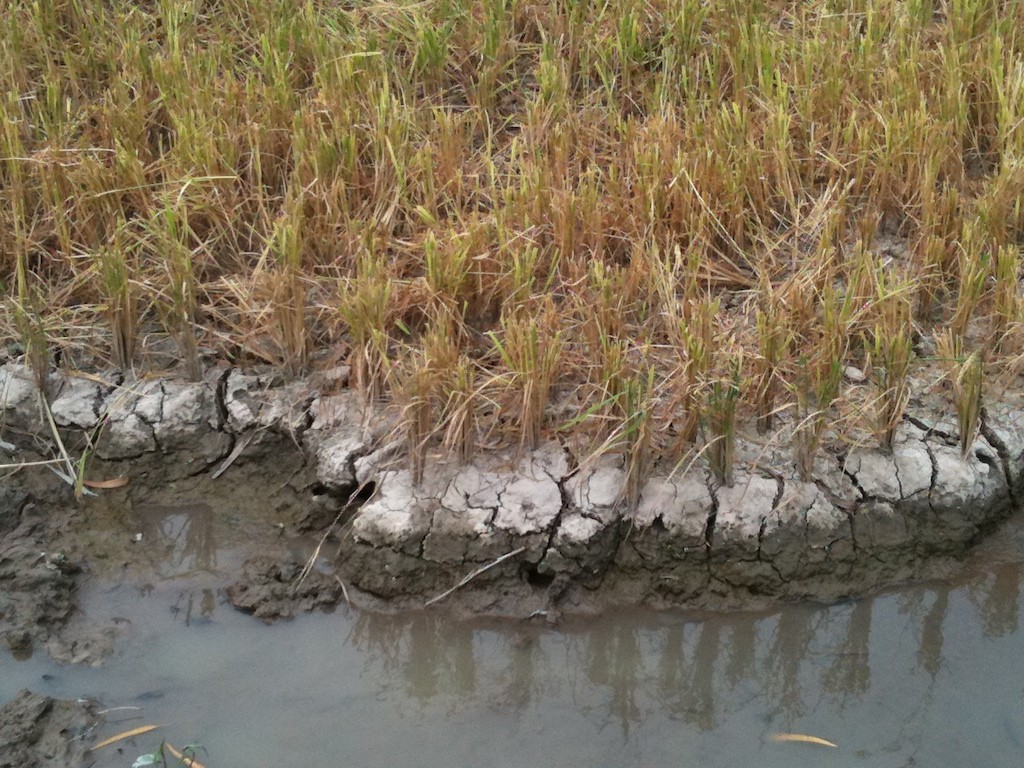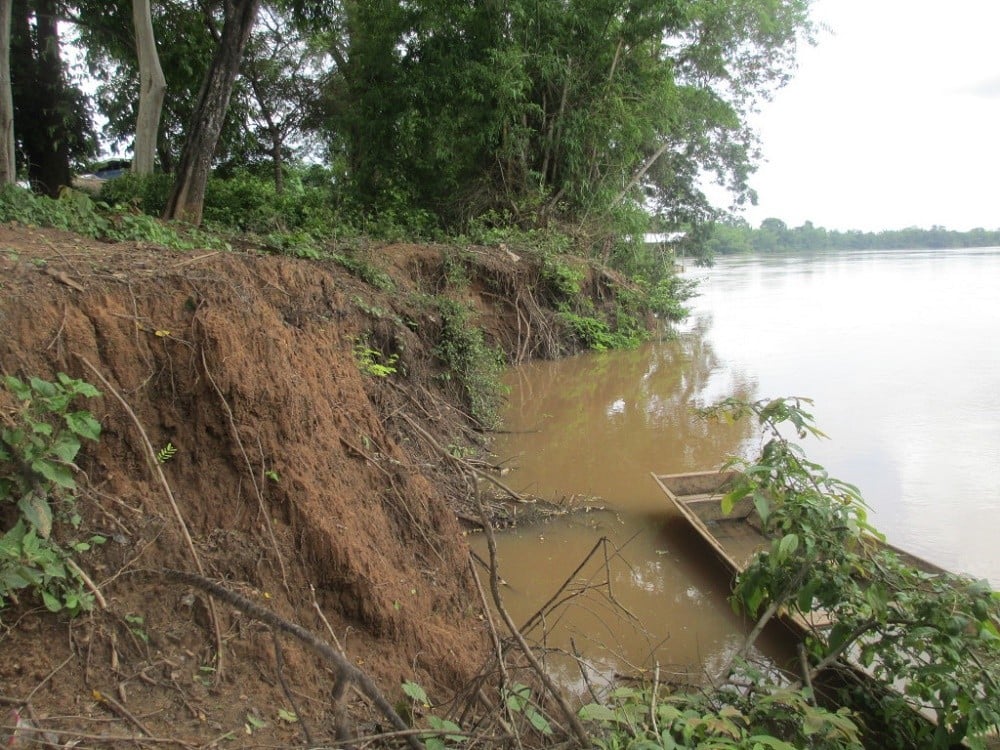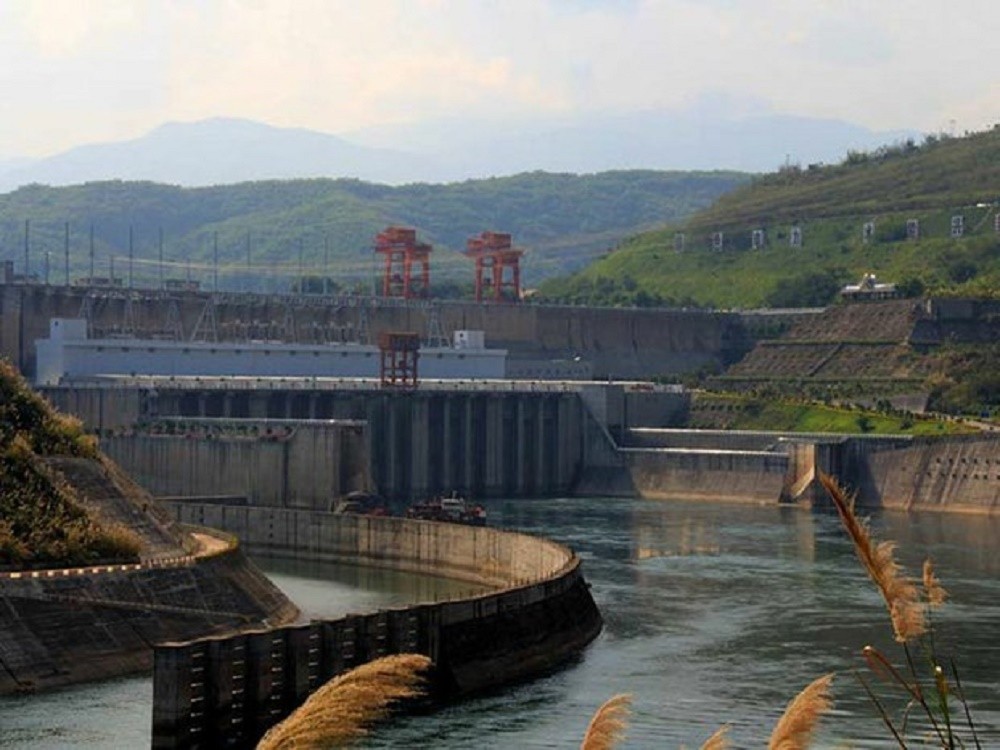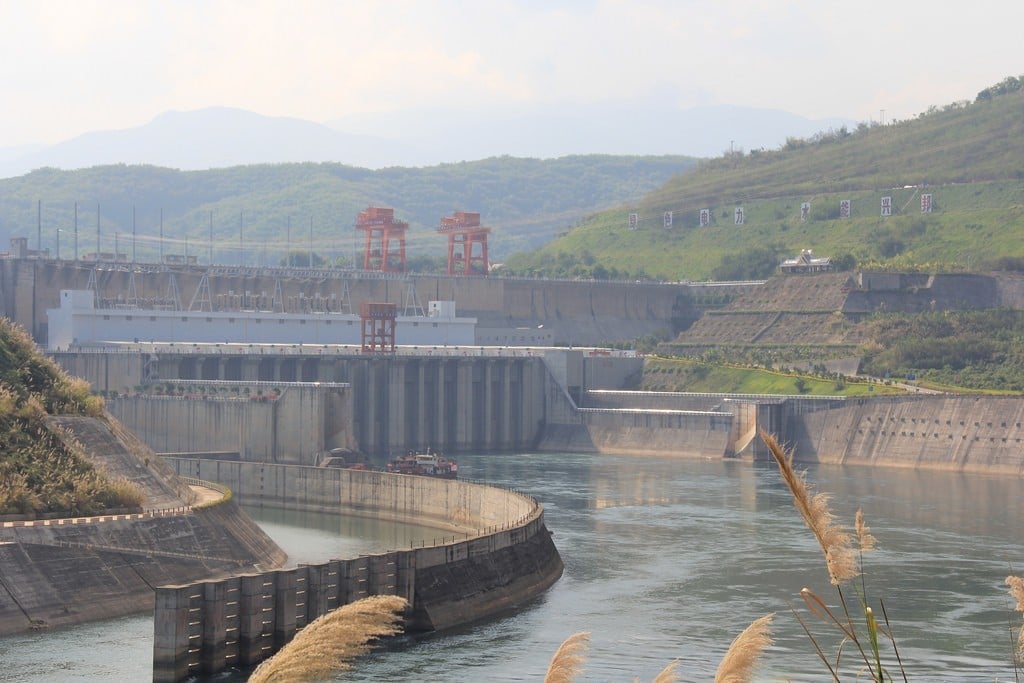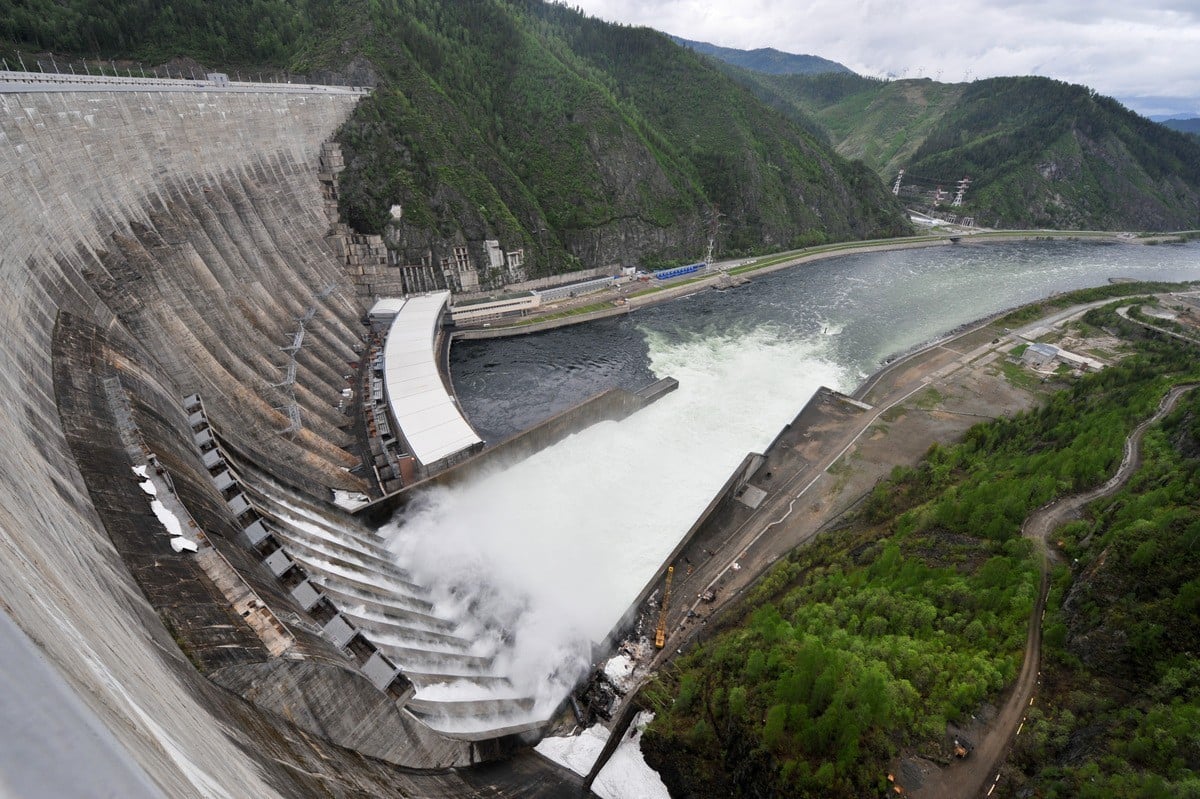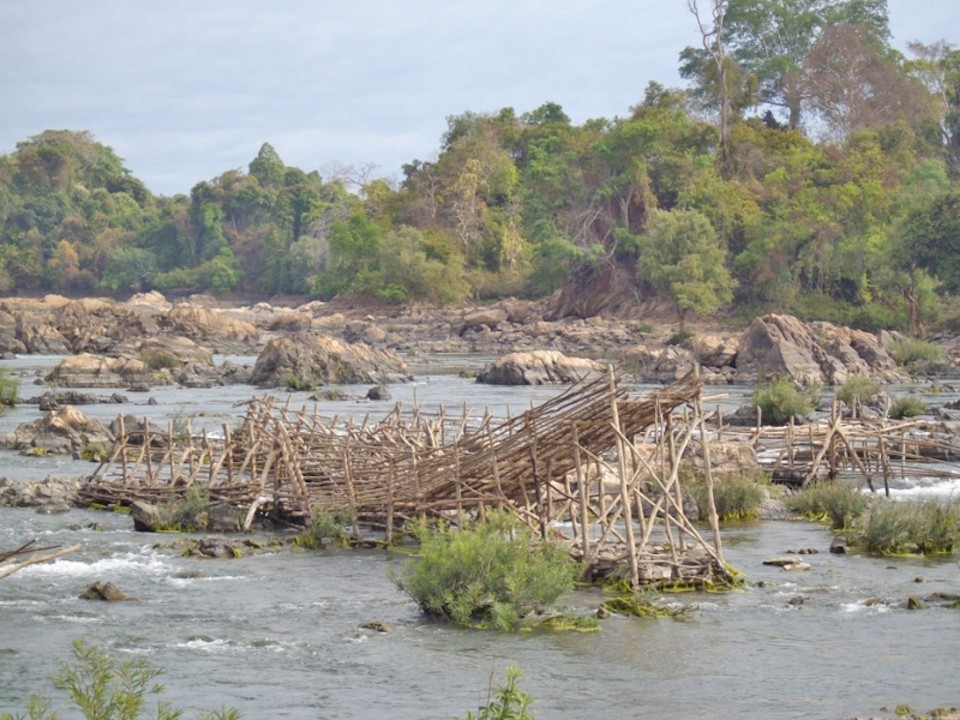Prime Minister Hun Sen on Monday disputed the idea that water shortages along the Mekong River have been exacerbated by two massive hydropower dams being developed by Laos, saying the drought currently afflicting much of mainland Southeast Asia was caused only by “the sky.”
Category: Laos
Thailand’s transparency deficit: Haste makes waste on mega-projects
One of the country’s top bankers is stressing the need for faster action to transform Thailand into a hub for CLMV countries (Cambodia, Laos, Myanmar and Vietnam).
Kevin Tan, CEO of HSBC Thailand, was speaking during an interview on Vietnam’s increasing attractiveness to foreign investors. Vietnam’s gross domestic product grew a whopping 797 per cent between 1995 and 2014, from US$20.74 billion to $186.2 billion. Thailand’s GDP growth was sluggish in comparison, rising from $169.28 billion to $404.8 billion over the same period.
And with big names like Intel, Apple and Samsung now showing interest in Vietnam, it seems the times are against Thailand.
Drowning in generosity
Again?” Chai Tamuen, 42, thought when he saw Mekong water rising at the riverbank of Chiang Khan district in Loei eight days ago.
Overnight, water had engulfed the sandy shore of Kaeng Khut Khu, a tourist spot popular for swimming and recreation, leaving stalls stranded on an “island” now surrounded by water.
As a vendor, Mr Chai was forced to leave his kiosk four days later when water submerged half of the island.
“This is not the first time that the bank has been flooded in dry season. It’s happened like this for the last five years,” he said.
“We can’t predict water. Our income has not been stable since Chinese dams have taken control over the water upstream.”
China announced on March 14 it would discharge a massive quantity of water from one of its dams, claiming it would help communities in the Mekong region facing severe drought.
Laos releases dam water to ease drought in Vietnam’s Mekong Delta
Laos has started releasing water from its dams to the Mekong River to help Vietnam’s southern region cope with severe drought and saltwater intrusion, according to the Ministry of Foreign Affairs.
The ministry on Friday quoted Lao Minister of Energy and Mines Khammany Inthirath as saying that Laos had discharged around 1,136 cubic meters of water per second to the lower Mekong River basin on Wednesday. The country planned to keep doing so until the end of May.
Water management center for Mekong River to be established
The Prime Minister has revealed a water management center will be set up under the Mekong-Lancang Cooperation (MLC) to manage water levels in the Mekong River more effectively.
Prime Minister Gen Prayut Chan-o-cha said after returning from the first MLC meeting in China that the water management center will alert countries in the Mekong River Basin to be prepared whenever China discharges water into the river.
Struggling with riverbank erosion by Nam Theun 2 dam
Since 2010 the river banks in Phuk Pheua village in Savannakhet province have started to rapidly erode, causing hardship for the village people. The extent of the erosion has increased every year, and each year the rate of erosion seems to be getting worse. This rapid erosion has been caused by the Nam Theun 2 dam, which discharges water into the river upstream of the river.
NGOs question China’s dam release
One week ago, China doubled the quantity of water released from the Jinghong Dam along the Mekong River in Yunnan province. This came two days following Vietnamese officials meeting in Beijing to request the increase due to severe drought conditions and low flows in the Mekong Delta. But at a press conference in Bangkok yesterday, representatives of Thai civil society and communities denounced the action as destructive and insincere.
“No one doubts that people in the Vietnamese Delta may be suffering from salt water intrusion due to low Mekong flows this dry season,” said Montree Chantawong from Towards Ecological Recovery and Regional Alliance (TERRA), “But these additional dam releases can’t really help them, yet are hurting many of us.”
China leaves little doubt who is master of the Mekong
Supalak Ganjanakundee China is demonstrating that it has real power to control and manage the Mekong River, as Beijing launches a diplomatic campaign to engage with affected countries downstream. This situation has become clear after China’s contacts with the other five countries along the river – Myanmar, Laos, Thailand, Cambodia and Vietnam. Physically, about half […]
China’s Mekong dam release ‘nothing special’
Local activists have accused China of using the Mekong River’s water resources to increase its political power in the region.
The accusation came Tuesday as Prime Minister Prayut Chan-o-cha left Thailand for China for the opening day of the first Mekong-Lancang Cooperation meeting being held in Sanya, Hainan province, until tomorrow.
Thailand, Cambodia, Laos, Myanmar, Vietnam and China will discuss cooperation under the theme “Shared River, Shared Future”.
Earlier, China announced on March 10 it had released water from Jinghong dam in Yunnan, with further releases planned until April 10, to help ease the drought in Thailand and other countries in the sub-region.
Mekong Drought Worsens Amid Doubts Over Lao Promises
Drought in Southeast Asia is raising concerns in the Cambodian and Vietnamese countryside where salinity levels are rising in the Mekong River and people are skeptical about fresh promises from Laos that it will respect the rights of downstream countries in dam construction.
The reassurances from Vientiane were delivered by Bounhang Vorachith, who was recently named secretary-general of the Laos Communist Party, sparking hopes he might show a more conciliatory approach to negotiations with countries who share use of the Mekong River.
“Laos will make an effort to ensure that there will be no impact,” Bounhang recently told the Cambodia government in regards to Vientaine’s plans to build 11 dams along the Mekong River and their impact on neighboring countries.


